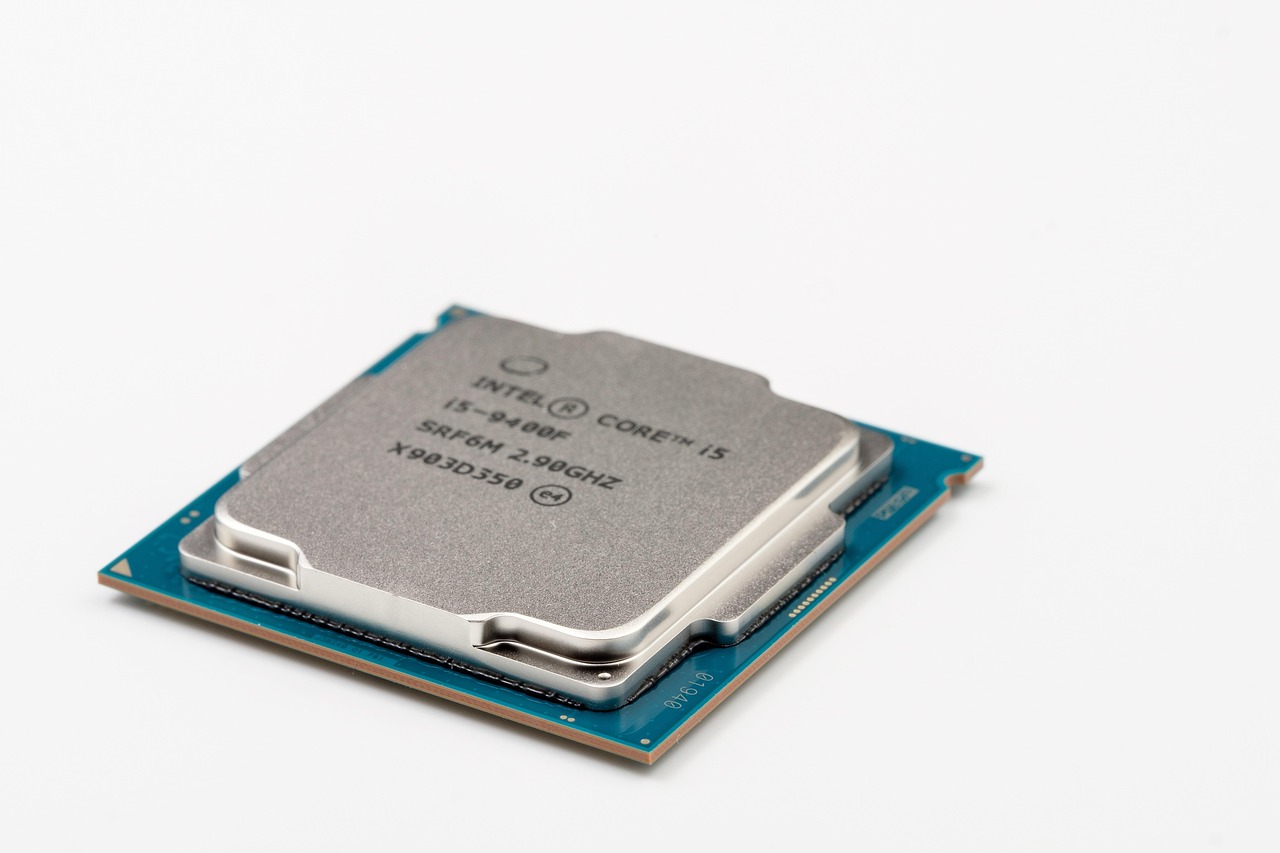AI Summaries Highlight Top Spending Areas

As artificial intelligence (AI) continues to evolve, organizations worldwide are increasingly investing in this transformative technology. AI summaries, generated through advanced algorithms, are offering valuable insights into the top areas where spending is most concentrated. This article examines the primary sectors driving these investments, providing a comprehensive overview of the current state of AI expenditure globally.
According to recent market analyses, AI-related spending is projected to reach unprecedented levels. The International Data Corporation (IDC) forecasts that worldwide spending on AI systems will reach $97.9 billion in 2023, an increase of 34.6% compared to the previous year. This surge is attributed to the integration of AI technologies across various industries, aiming to enhance efficiency, productivity, and innovation.
Key Spending Areas
AI spending is not confined to a single sector; instead, it spans a diverse range of industries. Below are the top areas where organizations are channeling their AI investments:
- Healthcare: The healthcare industry is leveraging AI to improve patient outcomes, streamline diagnostics, and optimize operations. AI applications in predictive analytics, personalized medicine, and robotic surgery are driving significant investments.
- Financial Services: In the financial sector, AI is being utilized for fraud detection, risk assessment, and customer service automation. The integration of AI in fintech solutions is enhancing decision-making processes and operational efficiency.
- Retail: Retailers are adopting AI to personalize customer experiences, manage inventory, and optimize supply chains. AI-driven insights are helping businesses understand consumer behavior and improve sales strategies.
- Manufacturing: AI technologies in manufacturing are focused on improving predictive maintenance, quality control, and robotics. These advancements are reducing downtime and increasing production efficiency.
- Transportation and Logistics: AI applications in this sector include autonomous vehicles, route optimization, and fleet management. These innovations are contributing to safer and more efficient transportation networks.
Regional Insights
While AI spending is a global phenomenon, certain regions are leading the charge. North America, particularly the United States, remains at the forefront of AI investment, driven by a robust tech industry and substantial government support. Europe follows closely, with significant investments in AI research and development to maintain competitive advantage.
In Asia-Pacific, countries like China and Japan are rapidly expanding their AI capabilities. China’s commitment to becoming a global leader in AI by 2030 is reflected in its substantial investments and strategic initiatives, such as the “New Generation Artificial Intelligence Development Plan.”
Challenges and Considerations
Despite the promising outlook, AI spending is not without challenges. Organizations must navigate issues related to data privacy, ethical considerations, and the skills gap in AI expertise. Ensuring data security and addressing biases in AI algorithms are crucial for sustainable growth.
Moreover, the regulatory environment is evolving as governments worldwide seek to establish frameworks that balance innovation with accountability. Businesses must stay informed about these regulations to avoid potential legal pitfalls.
Conclusion
AI summaries provide a lens through which we can understand the dynamic landscape of AI investments. As industries continue to harness the power of AI, spending in this area is expected to grow robustly. By focusing on strategic implementation and addressing inherent challenges, organizations can maximize the benefits of AI technologies, ultimately driving innovation and economic growth on a global scale.















